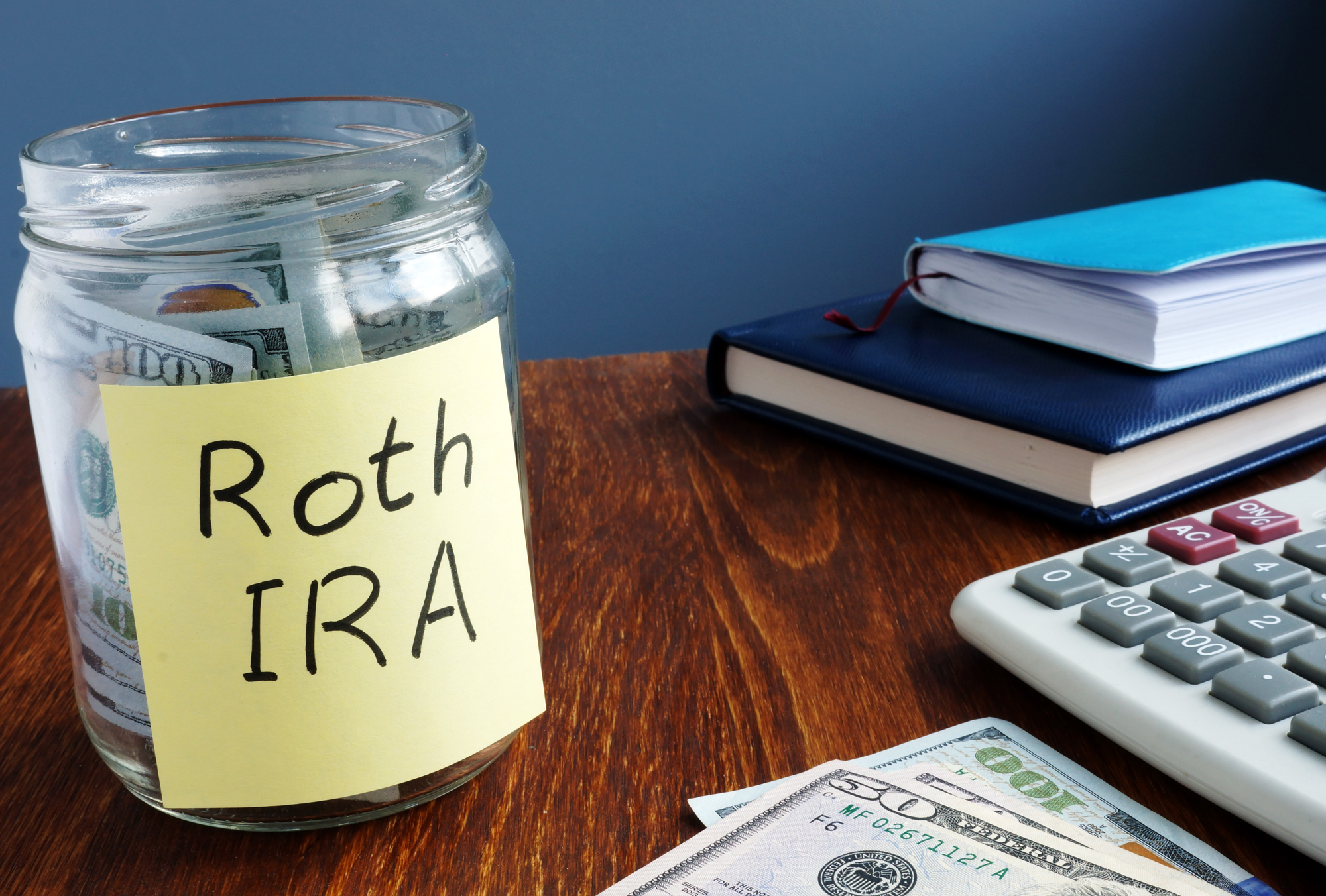Individual Retirement Accounts (IRAs) are available to anybody with taxable income (IRA). You can invest in either a standard IRA or a Roth IRA. These accounts are pretty simple to open through a financial institution such as Fidelity, Vanguard, or Charles Schwab.
Roth IRAs allow you to contribute “after-tax” funds. As of 2020, you can make the following contributions:
You can contribute $6,000 in one large sum at any time during the year or every month, such as $500/month. There are, however, income restrictions for Roth IRAs (2020):
If your income exceeds these limits, you must choose the regular IRA option. However, you can always convert it immediately to a Roth IRA if you like. This is referred to as a “Backdoor Roth IRA,” and it is entirely legal.
What can you invest in with a Roth IRA?
Within your IRA account, you will have access to thousands of investment alternatives, including stocks, bonds, ETFs, index funds, and mutual funds. If you’re unsure where to begin, I recommend sorting mutual funds and index funds according to their highest 10-year rate of return. Invest in a handful of the highest-yielding mutual funds or index products.
5 HUGE Roth IRA Benefits
Withdraw Your Contributions At Any Time
Roth IRAs allow you to withdraw your contributions tax-free and penalty-free at any time! Because this is your money, on which you have already paid taxes. As long as your Roth IRA has been open for at least five years. This is an excellent option for someone who wants to retire before the age of 59.5. Assume you have one million dollars in a standard 401k and one million dollars in a Roth IRA. At the age of 55, you retire. You cannot touch your traditional 401(k) before reaching the age of 59.5 without incurring a penalty. You may, however, begin withdrawing contributions from your Roth IRA and living off of that income until you reach the age of 59.5 years.
Avoid Tax Increases
Did you know that tax brackets are currently at an all-time low? The majority of Americans pay no income tax or pay it at a rate between 0{e1706a52c3b3138427a8e72931d9d59b6d08ac610477d60aad46d317c02b8d31} and 15{e1706a52c3b3138427a8e72931d9d59b6d08ac610477d60aad46d317c02b8d31}. In 1952, a 92 percent tax bracket existed! That is an exorbitant sum to pay the government. I doubt taxes will ever be that high again, but America is massively in debt (27 trillion and counting). By investing in a Roth IRA, you eliminate the possibility of your taxes increasing in the future, as you will never have to pay taxes on that money again.
Large Withdrawals
The third significant advantage of having a Roth IRA is making large withdrawals throughout retirement to pay for large expenditures. What if you want to pay off your mortgage, purchase a rental property, a boat, a car, or a luxurious vacation? If you take significant withdrawals from a traditional IRA or traditional 401k, you will face significant tax consequences. Due to the enormous amount of money you withdraw in a single year, you may find yourself in the next highest tax bracket. For instance, suppose you wish to purchase a $300,000 rental property. If you have a Roth IRA, you would withdraw $300,000 and pay for it tax-free. If you have Traditional accounts, you need to withdraw upwards of $476,190 to fund a $300,000 purchase, as large withdrawals are significantly taxed.
No Required Minimum Distributions (RMDs)
There are no RMDs. RMDs are required on all retirement accounts except Roth IRAs. This means that RMDs are required for 401k, 403b, 457b, TSP, and Traditional IRA accounts. Beginning at the age of 72, you are obligated to withdraw around 4{e1706a52c3b3138427a8e72931d9d59b6d08ac610477d60aad46d317c02b8d31} of your income, which increases each year after that. At age 85, the RMD is over 7{e1706a52c3b3138427a8e72931d9d59b6d08ac610477d60aad46d317c02b8d31}. This means that with RMDs, you’re going to have a difficult time keeping up with inflation as you age. As a general rule, if you leave an employer, roll your funds into an IRA. Your traditional savings are rolled into a Rollover IRA, while your Roth funds are rolled into a Roth IRA with no required minimum distributions!
Tax-Free Inheritance
The fifth and last significant benefit of a Roth IRA is the money you leave to your heirs. The IRS states that your beneficiary gets ten years to access all of the funds you leave behind when you die. If you leave a considerable sum of money behind, your recipient will be placed in a significantly higher tax band than they are already in. Whereas a Roth IRA allows your loved one to withdraw the funds tax-free at any time. For instance, you depart with $1 million. If the recipient inherits $1 million from a Roth IRA, the beneficiary receives $1 million. If the money is held in a regular account, the beneficiary receives only $630,000 after a 37{e1706a52c3b3138427a8e72931d9d59b6d08ac610477d60aad46d317c02b8d31} tax.




